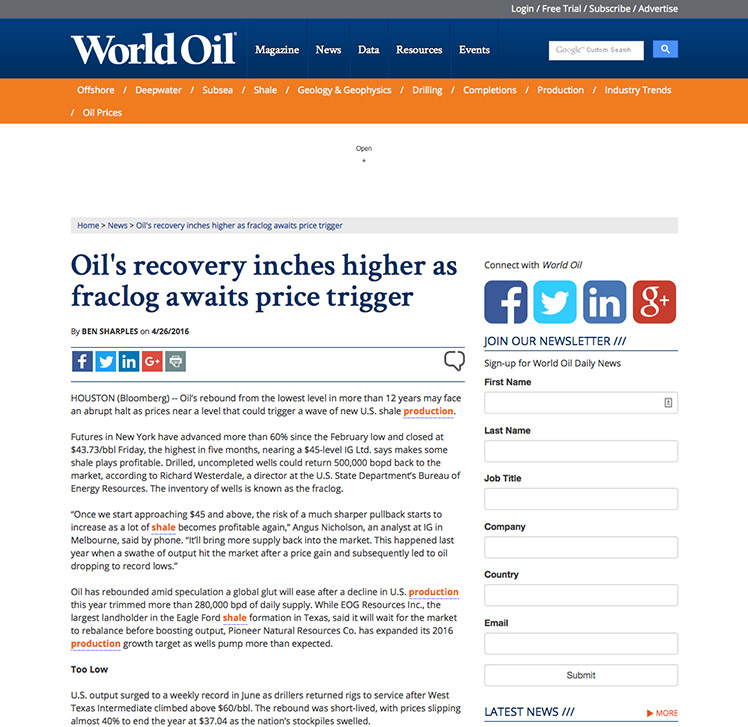China Petrochemical Complex: A First For Mixed-Ownership lweb.es/f917 5.24.16
![]() OEF REVIEW:A Chinese group led by a private company is planning to build a $15 billion petrochemical complex and refinery on an island near Shanghai. This would be the country’s first and largest energy installation to be built by a non-state investor and is one of the first concrete signs of Beijing’s stated desire to experiment with mixed-ownership in its massive state-controlled energy sector. The complex would include a 400,000 barrels per day refinery and a 1.4 million tonnes a year ethylene plant.
OEF REVIEW:A Chinese group led by a private company is planning to build a $15 billion petrochemical complex and refinery on an island near Shanghai. This would be the country’s first and largest energy installation to be built by a non-state investor and is one of the first concrete signs of Beijing’s stated desire to experiment with mixed-ownership in its massive state-controlled energy sector. The complex would include a 400,000 barrels per day refinery and a 1.4 million tonnes a year ethylene plant.


